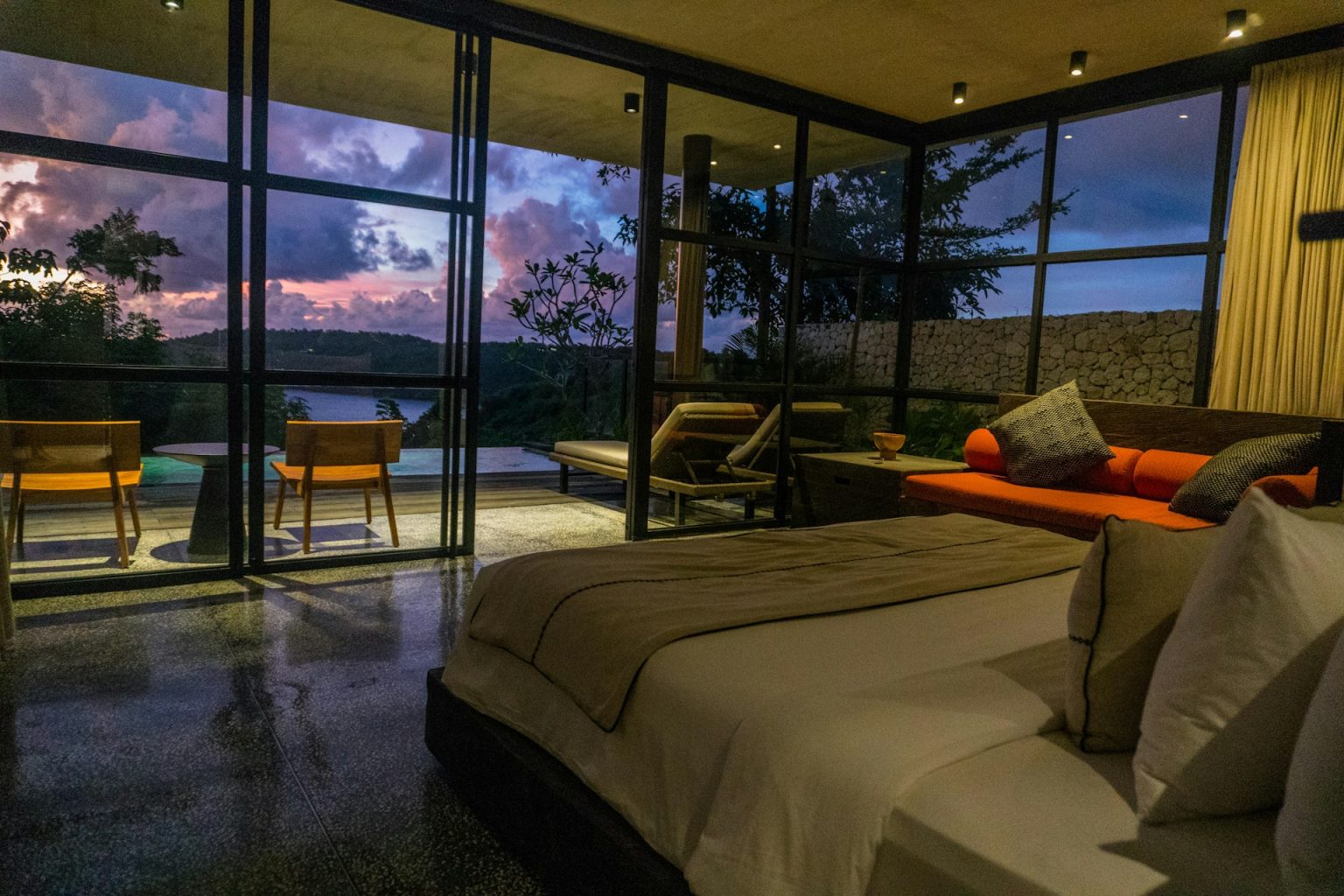Luxury and affordability might seem like opposites, but in today’s hospitality industry, they’re increasingly overlapping. As guest expectations rise and operating costs remain under pressure, many hotels are rethinking what it means to deliver a premium experience. The answer isn’t necessarily more spending. It’s smarter design, deeper guest insight, and the strategic use of technology.
From boutique independents to global brands, hotels are embracing tech-driven solutions that allow them to offer the feel of luxury without the five-star price tag. And as value-conscious travellers continue to seek quality experiences, this emerging middle ground, affordable luxury, is becoming one of the most important segments in hospitality.
Guests expect more—without paying more
According to the Skift x Oracle Hospitality report 2024, 64% of hotel executives say guests have become significantly more demanding when it comes to experience, while 81% of travellers want more personalisation during their stay. At the same time, price sensitivity is on the rise, with 76% of global travellers saying they are now more value-focused due to the cost-of-living crisis.
This combination is pushing hotels to innovate. How do you deliver high-end touches, personalised service, and design-led spaces, without inflating room rates?
Technology as the great enabler
What once defined luxury, excessive staffing, lavish décor, sprawling amenities, has been reimagined. In many cases, technology has enabled hotels to strip away cost without compromising quality. Here’s how:
Smart room tech
Features like keyless entry, automated temperature controls, adjustable lighting, and entertainment streaming platforms allow guests to personalise their space. These amenities offer a sense of control and comfort that feels premium, but are scalable and efficient to run. Zoku is a standout here, offering loft-style rooms where guests control lighting, blinds, and climate via tablet.
Self-service with a human feel
Digital kiosks, app-based check-in, and WhatsApp concierge services are reducing queues and freeing up front desk staff to focus on higher-touch moments. The right blend of automation and human interaction gives guests the impression of attentive service without requiring large teams. YOTEL was an early pioneer of this, using self-check-in kiosks and smart luggage storage while still offering social hubs and work-friendly spaces.
AI-powered personalisation
Hotels are using guest data more intelligently, tailoring offers, room preferences, and recommendations based on previous stays or booking behaviours. This can create a sense of bespoke service, whether or not a guest is in a budget or luxury room category. Ennismore’s Mama Shelter brand uses guest data to tailor local activity suggestions and room upgrades, adding a boutique layer to affordable stays.
Efficient design and modular builds
Designing rooms with smart storage, minimalistic aesthetics, and multi-use spaces can feel sophisticated and intentional while keeping construction and fit-out costs low. citizenM excels here: their compact rooms feature XL king-size beds, blackout blinds, rain showers, and tablet-controlled mood lighting, delivering a high-end feel in a smaller footprint.
The emotional side of affordable luxury
Luxury is increasingly defined not by price, but by emotion, how a guest feels. That includes:
- Being remembered
- Feeling in control
- Experiencing something unique or well-considered
Hotels delivering budget-friendly luxury focus on micro-moments: complimentary welcome drinks, curated local playlists, intuitive room layouts, or beautifully packaged toiletries. These small, thoughtful touches deliver disproportionate emotional value and many are enabled or enhanced by tech.
Blurring category lines
Brands like citizenM, Mama Shelter, Zoku, and Moxy Hotels are leading the charge in this new hybrid space, often blending midscale pricing with boutique sensibilities and digitally enhanced experiences. Meanwhile, large chains are creating new sub-brands or converting existing properties to tap into the trend.
This blurring of lines is not only reshaping how we define luxury, but also how we teach it. Institutions like Glion are preparing the next generation of hospitality professionals to understand that luxury today isn’t always about extravagance; it’s about experience design, tech fluency, and strategic empathy.
Case study: citizenM
citizenM is a standout example of delivering perceived luxury at affordable prices. Its hotels feature compact rooms with luxury-grade beds, mood lighting, rain showers, and high-tech controls, all accessible via in-room tablet or app. The hotel’s communal areas are design-led, sociable, and tech-enabled, encouraging interaction among travellers. Its service model is lean but empowered by digital infrastructure, with a brand tone that feels stylish, consistent, and smart.
By focusing on guest experience and eliminating unnecessary frills, citizenM has created a strong identity that appeals to modern travellers, without the operating overhead of a traditional luxury hotel.
The operational upside
For hotels, delivering luxury at a lower price point isn’t just good for guests, it’s good for business. Technology enables leaner teams, improved guest satisfaction scores, better data collection, and more efficient allocation of resources. In many cases, it can even lead to higher revenue per available room (RevPAR) through better upselling and dynamic pricing based on guest profiles.
According to Deloitte, hotels that use tech to personalise guest experience report 30–50% stronger repeat business rates, and 27% better staff efficiency when automation is deployed in front- and back-of-house functions.
Final thoughts
The future of hospitality lies in rethinking the luxury equation. Guests don’t necessarily want more, they want better, smarter, and more memorable. Hotels that harness technology to reduce cost while enhancing quality will be the ones that stand out in an increasingly competitive mid- to premium segment.
Affordable luxury isn’t an oxymoron; it’s a business model. And for those who get it right, it offers the opportunity to delight guests, improve margins, and build brand loyalty that lasts.



